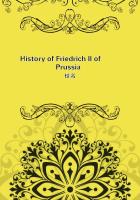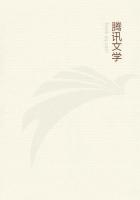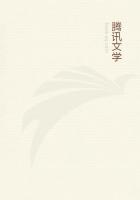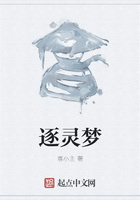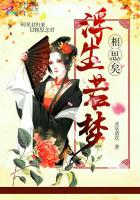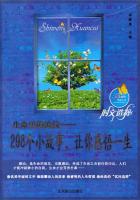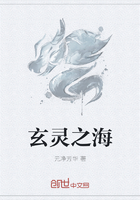The narrative being thus brought down to the close of the year 1443,let us,before passing on,turn to other records and see what they tell us about the reign of Deva Raya II.I have already stated that he appears to have been very young at his accession in A.D.1419.In 1443he had already reigned twenty-four years.Now the Hakluyt translation of Abdur Razzak's chronicle states that Razzak saw King Deva Raya II.in 1443,and the India Office copy contains the additional information that the king was then "exceedingly young."Iam not aware which version is the more accurate.But even if these added words be accepted as part of the original,the difficulty is capable of being explained away by the supposition that perhaps the ambassador was presented to one of the princes and not to the king himself.The king appears to have been in doubt as to whether the traveller was not an impostor in representing himself as an envoy from Persia,and may have refrained from granting a personal interview.
Several inions of the reign are extant.One records a proclamation made in the king's name in A.D.1426.[117]According to another bearing a date corresponding to Wednesday,October 16,in the same year,[118]he caused a Jain temple to be erected in the capital,in a street called the "Pan Supari Bazaar."This temple is situated south-west of the temple marked as No.35on the Government map.It is within the enclosure of the royal palace,and close to the rear of the elephant stables still standing.The king is honoured in this inion with the full imperial title of MAHARAJADHIRAJA RAJAPARAMESVARA.The site of this bazaar is thus definitely established.It lay on either side of the road which ran along the level dry ground direct from the palace gate,near the temple of HAZARA RAMASVAMI,in a north-easterly direction,to join the road which now runs to the Tungabhadra ferry through the fortified gate on the south side of the river immediately opposite Anegundi.It passed along the north side of the Kallamma and Rangasvami temples,leaving the imperial office enclosure with its lofty walls and watch-towers,and the elephant stables,on the left,skirted the Jain temple and the temple numbered "35"on the plan,and passed along under the rocky hills that bound this plain on the north till it debouched on the main road above mentioned.This street would be the direct approach from the old city of Anegundi to the king's palace.
In A.D.1430the king made a grant to a temple far in the south in the Tanjore district.[119]There are two inions of his reign dated respectively in 1433--34and 1434--35A.D.at Padavedu in North Arcot.[120]If,as stated by Nuniz,King Deva Raya II.died a few months after his attempted assassination,and if Abdur Razzak saw him in December 1443,we are led to the belief that he died early in 1444.Definite proof is,however,wanting.Other inions must be carefully examined before we can arrive at any certain conclusion.Thus an inion at Sravana Belgola,of date corresponding to Tuesday,May 24A.D.1446,published by Professor Kielhorn,[121]relates to the death on that day of "Pratapa Deva Raya;"and as it is couched in very curious and interesting terms,I give the translation in full --"In the evil year Kshaya,in the wretched (month)second Vaisakha,on a miserable Tuesday,in a fortnight which was the reverse of bright,[122]on the fourteenth day,the unequalled store of valour (PRATAPA)Deva Raya,alas!met with death."But since royal titles are not given to the deceased,he may have been only a prince of the blood.An inion at Tanjore,also dated in A.D.1446,mentions the name Deva Raya,but gives no further royal titles than the BIRUDA --"Lord of the four oceans."[123]An inion bearing date corresponding to Saturday,August 2A.D.1449,at Conjeeveram,[124]records a grant by a king called Vira Pratapa Praudha-Immadi-Deva Raya,to whom full royal titles are given.
It is provoking that Nuniz omits the name of the successor of Deva Raya II.,as known to tradition in the sixteenth century,for this might have helped us to a decision.At present it looks as though there had been a Deva Raya III.reigning from A.D.1444to 1449;but this point cannot as yet be settled.
Mr.Rice has shown that one of the ministers of Deva Raya II.was named Naganna;he had the title "Dhannayaka,"implying command of the army.


